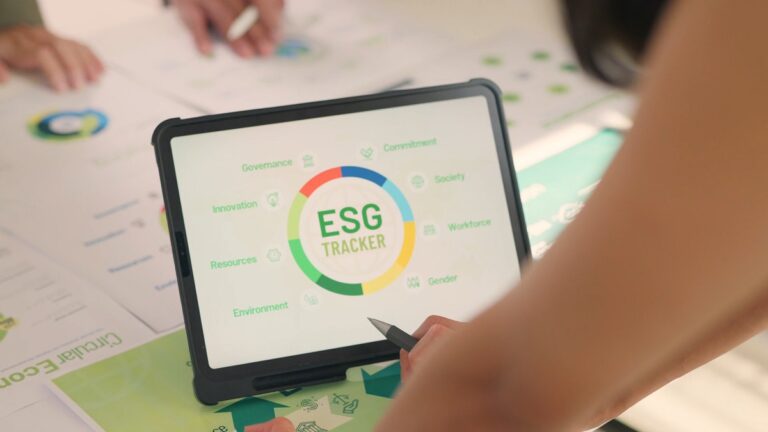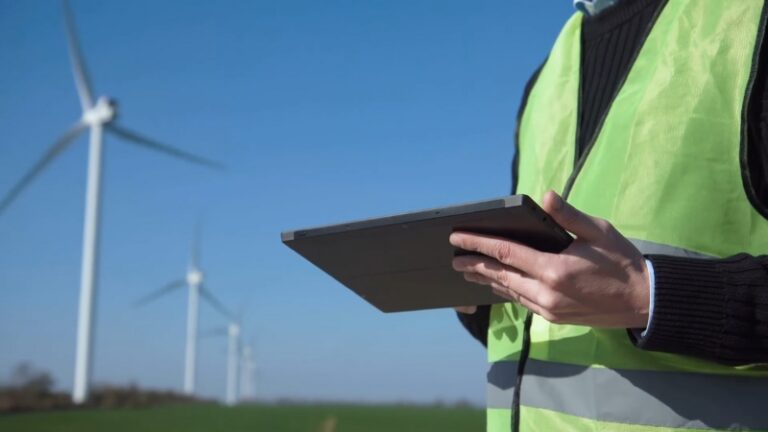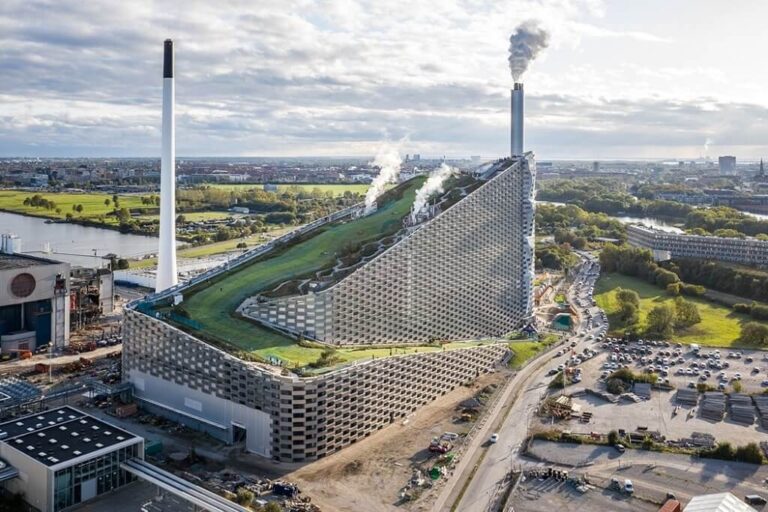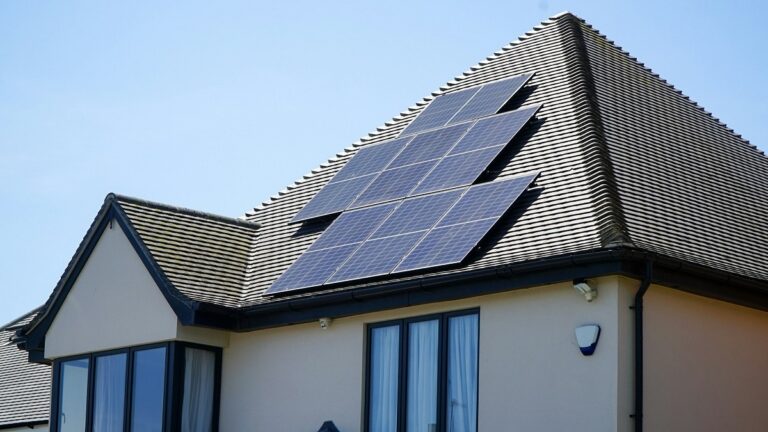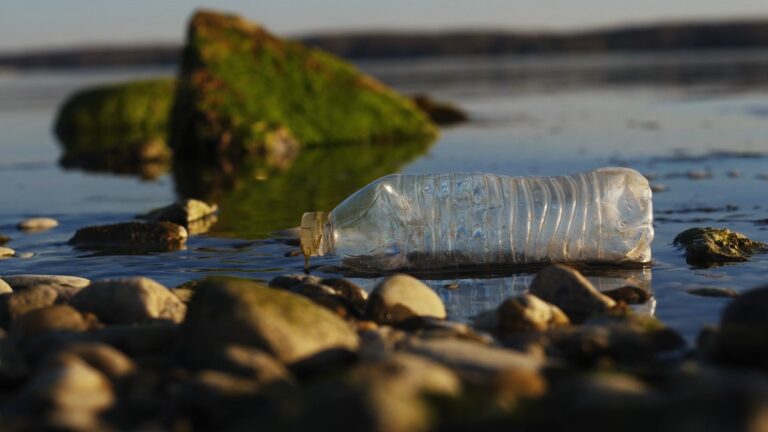How Mid-Size Companies Can Cut Energy Costs In 2026 With Improved Efficiency
Energy costs have quietly become one of the most controllable yet most neglected expenses for mid-sized companies. By 2026, electricity and gas prices are expected to remain structurally higher than pre-2022 levels due to grid modernization costs, carbon pricing expansion, infrastructure constraints, and rising global demand. The companies that reduce their energy footprint through efficiency … Read more


